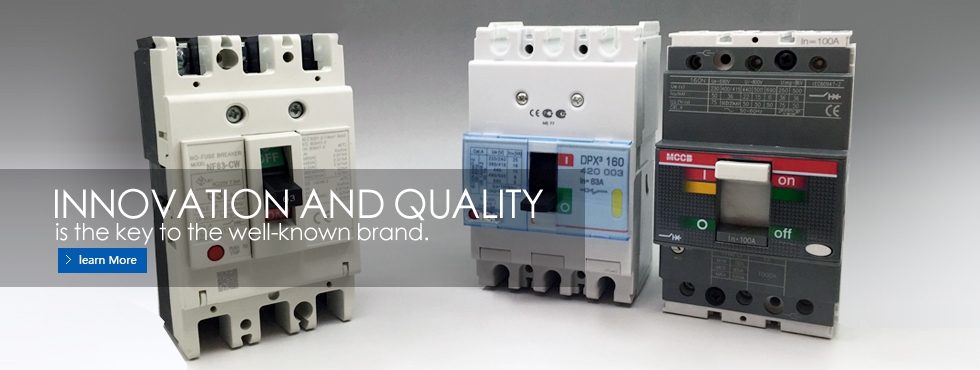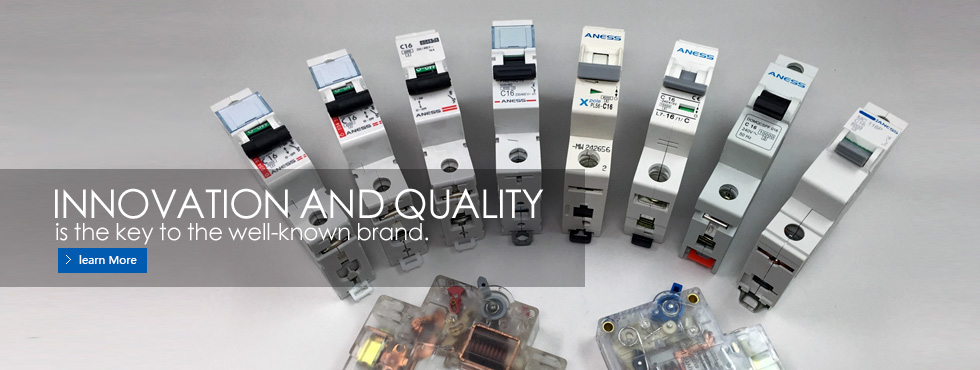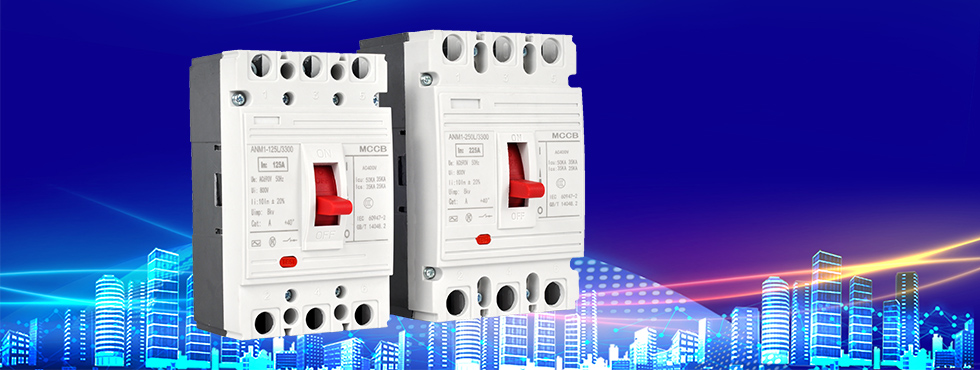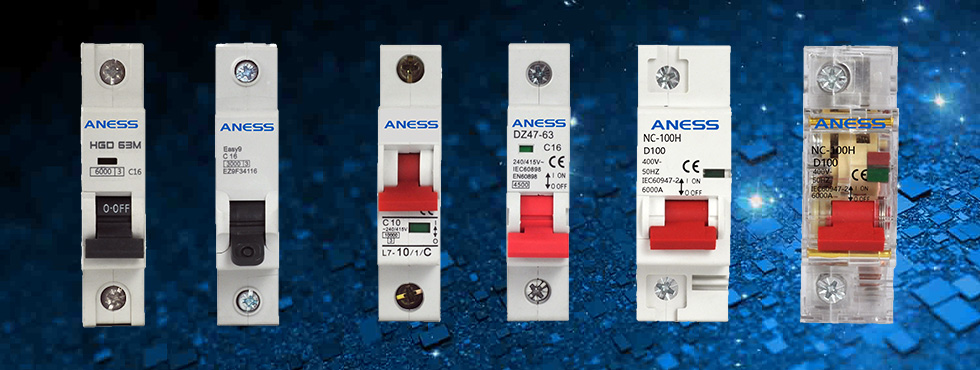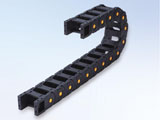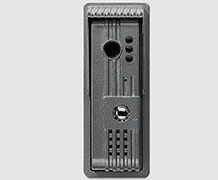 You are here: Home > News > Applications of Switchgear and Switchboards
You are here: Home > News > Applications of Switchgear and SwitchboardsThe terms “switchboard” and “switchgear” are interchangeable to engineers and architects. While they are in fact, interchangeable, they do both have distinct differences that are worth noting. These differences include configurations, components, reliability, standards and applications.
One of the major differences between switchboards and switchgear is the type of breakers that are used. The basic types are sealed, semi-open and open types. Specifically, these are called molded case, insulated case and power circuit breakers.
Molded case circuit breakers (MCCBs) are often used in all types of low-voltage switchboards and panelboards. These breakers can be found in ratings from 15 amps to 3,000 amps.
Molded Case Circuit Breaker – MCCB
The breaker mechanism is sealed inside of the external molded case. If the breaker has a failure then it is to be replaced. These breakers are typically bolted onto the bus, or may have plug-in designs. The removal or addition of MCCBs to a switchboard must ONLY occur when the switchboard is turned off.
Power circuit breakers have ratings that range from 800 amps to 5,000 amps. PCBs are tested with different standards from MCCBs or ICCBs. They are attached to the bus in a drawout design, which allows the breakers to be withdrawn partially or fully while the entire switchgear is powered on. They have various components that are inspected and replaced. These components include arc chutes, contacts and pole assemblies.
To understand the differences between Switchboards and Switchgear, we will need to look at several variable considerations – Maintainability, Economics, System Coordination, Size and Project Application.
(Note: this article will cover circuit breaker type switchboards as compared to switchgear, and though some engineers may have a preference for fusible switchboards, this would get into fuses vs. circuit breakers, a topic for another discussion)
MAINTAINABILITY
Switchgear has the type of maintainable steel frame breakers which you are able to draw out. Switchgear also has mechanisms that draw out or rack out on racking arms. The main reason to use switchgear over switchboards is due to the ease of maintenance. Switchgear is more maintainable – this is due to the breakers that are used. Air circuit breakers are used in switchgear and insulated or molded case breakers are used in switchboards.
Switchgear incorporates low voltage power circuit breakers – abbreviated to LVPCB. Steel framed LVPCB’s have heavy-duty metal frames that are designed for ease of maintenance.
On the other hand, plastic-enclosed breakers must be disassembled to access the operating mechanisms, which makes it more complicated to maintain. In addition to this, plastic-enclosed breakers – if not requiring disassembling, would need to be unsealed to get to the internal components.
ECONOMICS
As in other applications, the economics are an important area to focus on. In many instances the initial factor that a potential customer or buyer reviews is the installed cost.
Group mounted switchboards tend to be less costly, while the individually mounted switchboards are about 15 to 50% more than group mounted switchboards. This all depends on the number and type of devices that are required. Typically, you will find that switchgear is more expensive than individually mounted switchboards.
SYSTEM COORDINATION
LVPCB’s don’t need an instantaneous trip function to be built in. Main and feeder breakers, likewise can be built without the instantaneous trip function.
Without it, main, feeders and other downstream devices are able to be more freely coordinated. Switchgear is more sophisticated in its trip functionality than switchboard breakers. This allows for a higher degree of coordination.
Circuit Breaker Basics
SIZE
Another important consideration is the size. Switchgear is larger because of the rear access that is necessary for cable terminations, while switchboard construction is smaller and usually requires front access because of the group mounted circuit breaker arrangement.
Some applications are restricted in space, thus, a group-mounted switchboard is the only option. If the equipment needs to be against the wall, thereby eliminating the option for rear access, then the only alternative is group-mounted switchboards that allow for front-accessible terminations.
Group mounted switchboards require the use of molded case breakers as feeders. Because of this, the density can be greater and the overall width would be less. Applications that require higher levels of reliability, maintainability or remote operation need to be designed to allow for rear access of that gear.
PROJECT APPLICATION
Some projects require the use of switchgear, while other projects would be better suited with switchboards. An example of this is schools and the healthcare industry. Power to a school would not be as critical as that to a hospital.
The ability to precisely coordinate breakers allows for enhanced power integrity, thus preventing nuisance trips, resulting in reduced outages. For instance, hospitals require more reliable and dependable power due to the urgency of the industry, since lives are involved and operating tables are used.




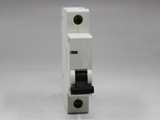 ANTM2
ANTM2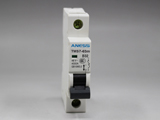 ANTM1
ANTM1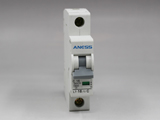 ANL7
ANL7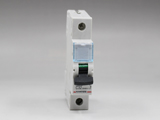 ANXS3
ANXS3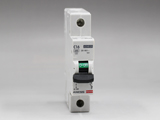 ANXS
ANXS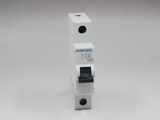 ANSH201
ANSH201-.jpg) ANNC100H
ANNC100H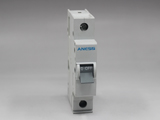 ANMY
ANMY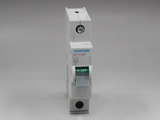 ANMC
ANMC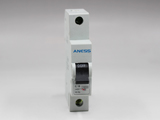 ANMEC-D
ANMEC-D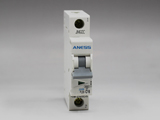 ANL7N
ANL7N-.jpg) ANIC60N
ANIC60N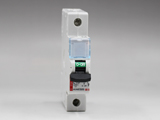 ANDX-S
ANDX-S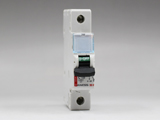 ANDX-D
ANDX-D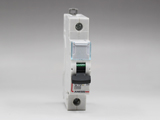 ANDX3
ANDX3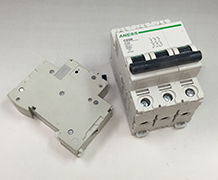 ANC60
ANC60.jpg) ANC45
ANC45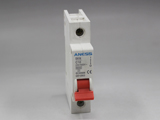 ANBKN
ANBKN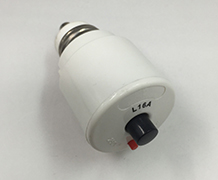 ANS201
ANS201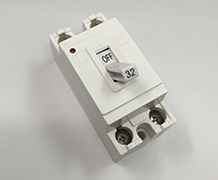 ANNT50LED
ANNT50LED-.jpg) ANNT50
ANNT50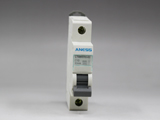 ANLM6
ANLM6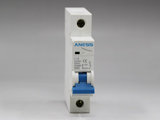 ANLM5
ANLM5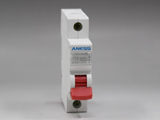 ANLM4
ANLM4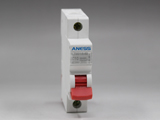 ANLM3
ANLM3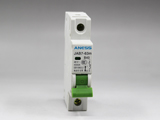 ANLM2
ANLM2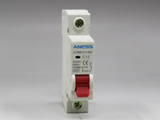 ANLM1
ANLM1-.jpg) ANM11(NF-CS)
ANM11(NF-CS)-.jpg) ANM13(VL)
ANM13(VL)-(2)-.jpg) ANM10(NF-CW)
ANM10(NF-CW)-(2)-.jpg) ANM9(NSX)
ANM9(NSX)-.jpg) ANM8(S)
ANM8(S)-(1)-.jpg) ANM7(Tmax)
ANM7(Tmax)-(1)-.jpg) ANM6(ABS,ABE)-(1)
ANM6(ABS,ABE)-(1)-.jpg) ANM5(DPX3)
ANM5(DPX3)-(5)-.jpg) ANM4(DPX)
ANM4(DPX)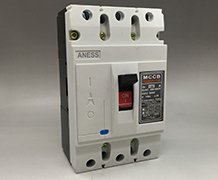 ANM1N
ANM1N-.jpg) ANM1
ANM1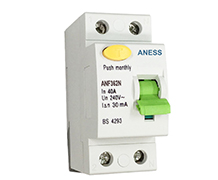 ANF360N
ANF360N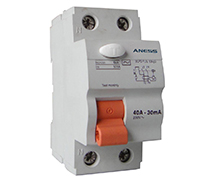 ANIDN
ANIDN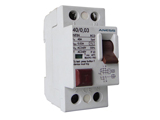 ANNFIN
ANNFIN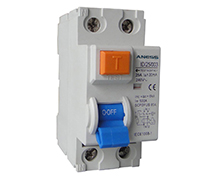 ANID
ANID ANF360
ANF360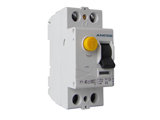 ANF7N
ANF7N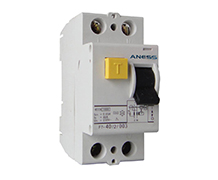 ANF7
ANF7副本xiao.jpg) ANINT
ANINT.jpg) ANDHMI
ANDHMI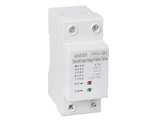 ANQ3-G
ANQ3-G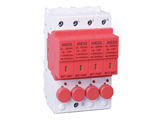 ANT1-R
ANT1-R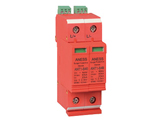 ANT1-C8
ANT1-C8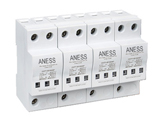 ANT1-5
ANT1-5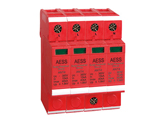 ANT4
ANT4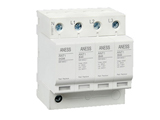 ANT1-1~3
ANT1-1~3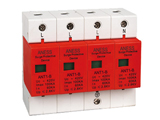 ANT1-B
ANT1-B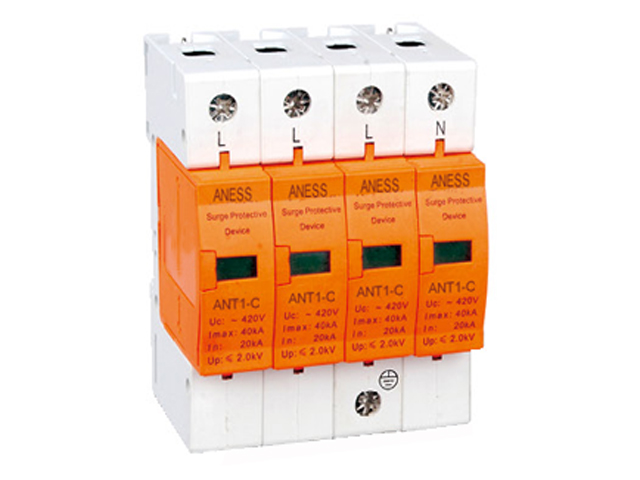 ANT1-C ARC
ANT1-C ARC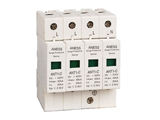 ANT1-C
ANT1-C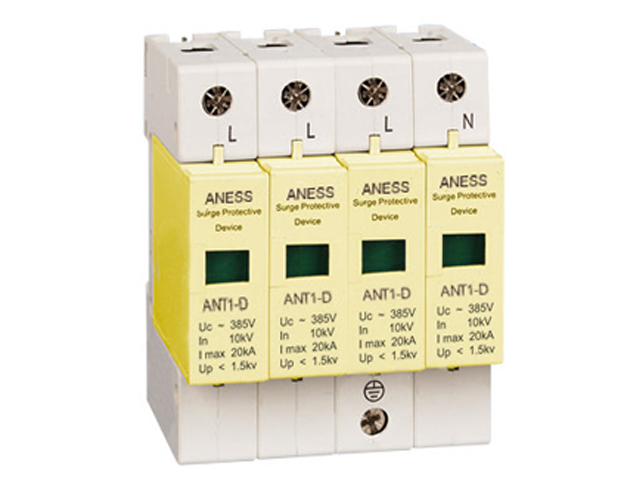 ANT1-D
ANT1-D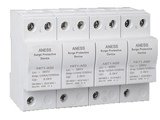 ANTI-A50
ANTI-A50 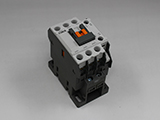 ANMC
ANMC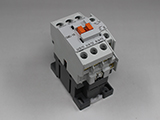 ANLS
ANLS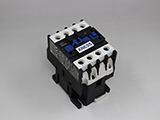 ANLC1
ANLC1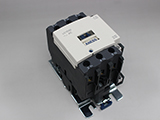 ANNLC1
ANNLC1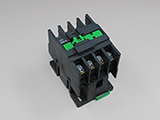 ANLC2
ANLC2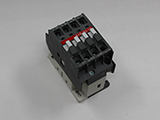 ANAB TYPE
ANAB TYPE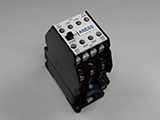 AN3TF
AN3TF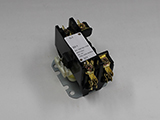 ANSA-1
ANSA-1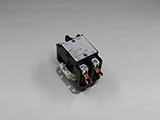 ANSA-2
ANSA-2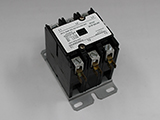 ANSA-3
ANSA-3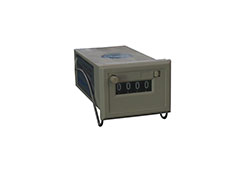 CSK4-YKW
CSK4-YKW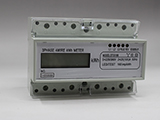 AN3-125
AN3-125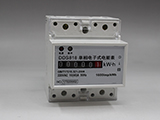 AN818
AN818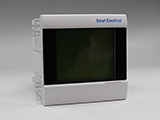 AN9600-3EY
AN9600-3EY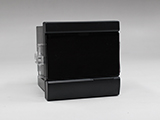 AN9601-3E
AN9601-3E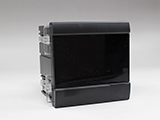 AN7201-3E
AN7201-3E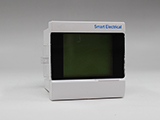 AN7200-3EY
AN7200-3EY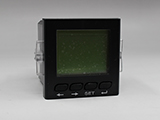 AN72-3EY
AN72-3EY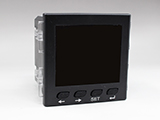 AN96-3E
AN96-3E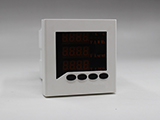 AN80-3AV
AN80-3AV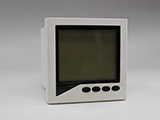 AN96-AIY
AN96-AIY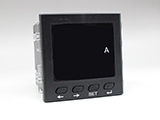 AN96-AI
AN96-AI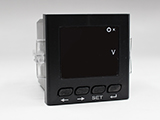 AN72-AV
AN72-AV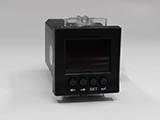 AN48-3AI
AN48-3AI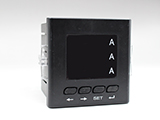 AN80-3AI
AN80-3AI AN42-3AV
AN42-3AV